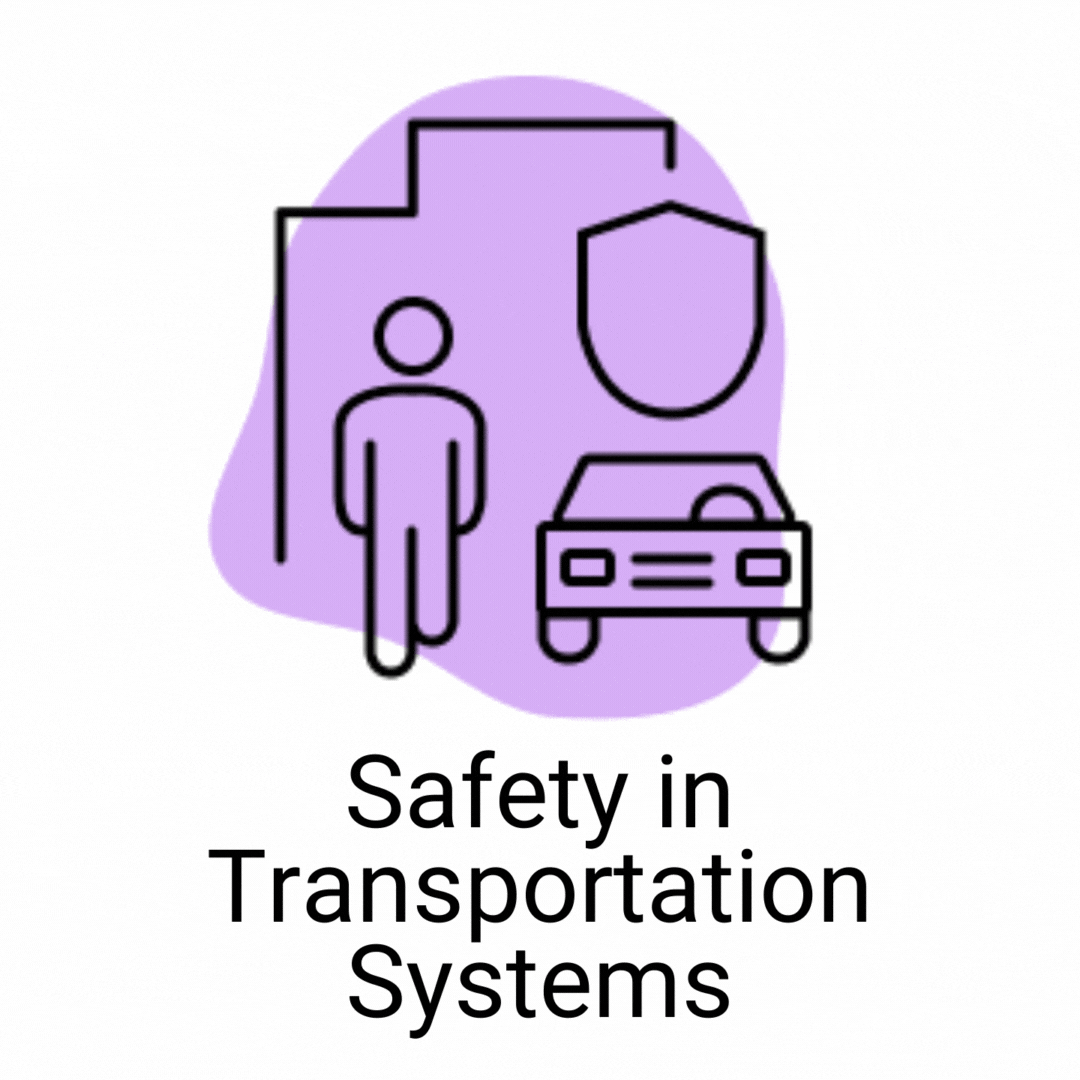Overview
Since 2006, fatalities in US roadway construction work zones have reached their highest level, with a significant fraction involving struck – by vehicles and workers. This project aims to address this pressing challenge by a) developing a virtual reality (VR) based traffic co-simulation platform for enabling immersive training of construction workers under realistic exposures to dangers , and b) calibrating modality of alarms (e.g., frequency, sound, vibration and their variations) to promote safe behaviors when workers are exposed to different wearable alarm systems.
Building off of the research team’s previous work on a smartwatch alarm application and worker attention monitoring system, this project will expand the scope to a) understand workers’ behaviors to modalities of alarms in real physical work environments, and b) improve the VR based traffic co-simulation platform to co-simulate workers position in SUMO in real time as obstacles to be recognized and calibrate the vehicle trajectories in SUMO through larger work zone/traffic vehicle trajectory datasets. The project will then utilize the co-simulation platform to investigate its feasibility for worker safety training and the performance of alternative wearable alarm systems , such as augmented reality glasses and safety vests with haptic motors. We will test the feasibility of using the outcomes of this effort for training DOT employees and present initial results to primary stakeholders to discuss strategies for implementation in professional practice.
Research Objectives
The outcomes of this research will provide tools to test in real life for training of DOT employees towards reduction of incidents and improve their behavior towards notifications and reduce ignored alarms. The proposed research can potentially help mitigate roadside and highway work zone incidents (i.e., injuries, fatalities , and near misses) by (a) developing a prototype VR based traffic co – simulation platform for immersive safety training of construction workers, (b) benchmarking worker reaction time s and measures of specific behavior to alerts of approaching hazardous vehicles , and (c) identifying direction – based alarm characteristics and modalities that most effectively capture workers’ attention and encourage safe behavior.




